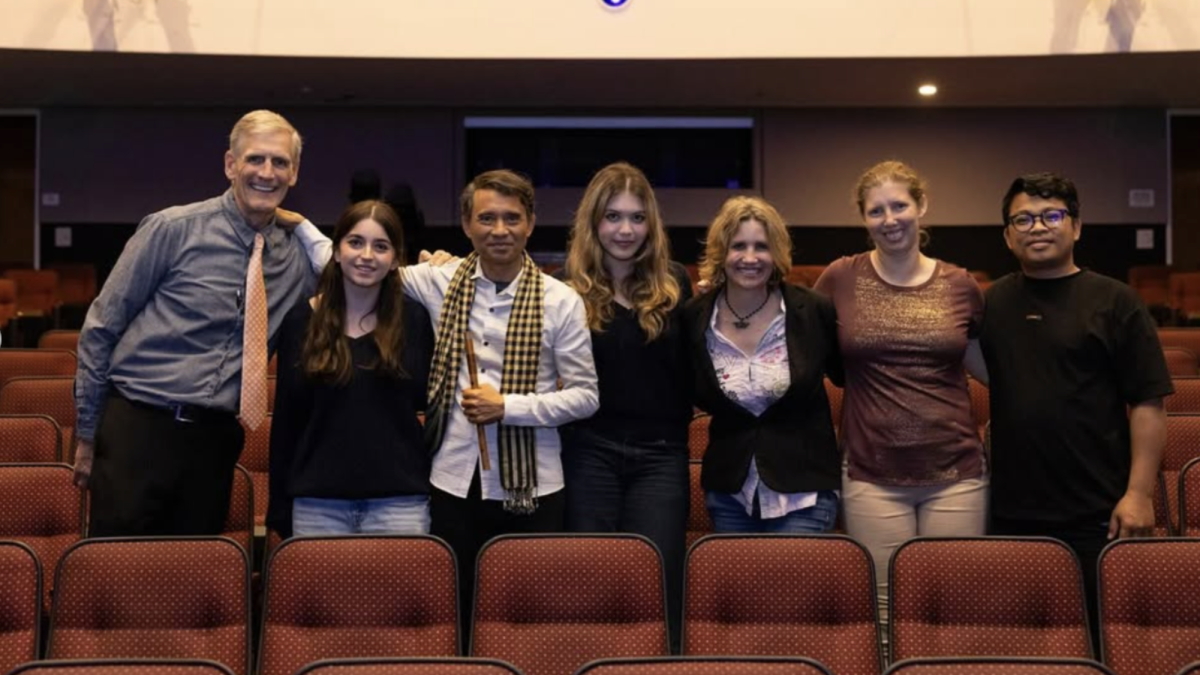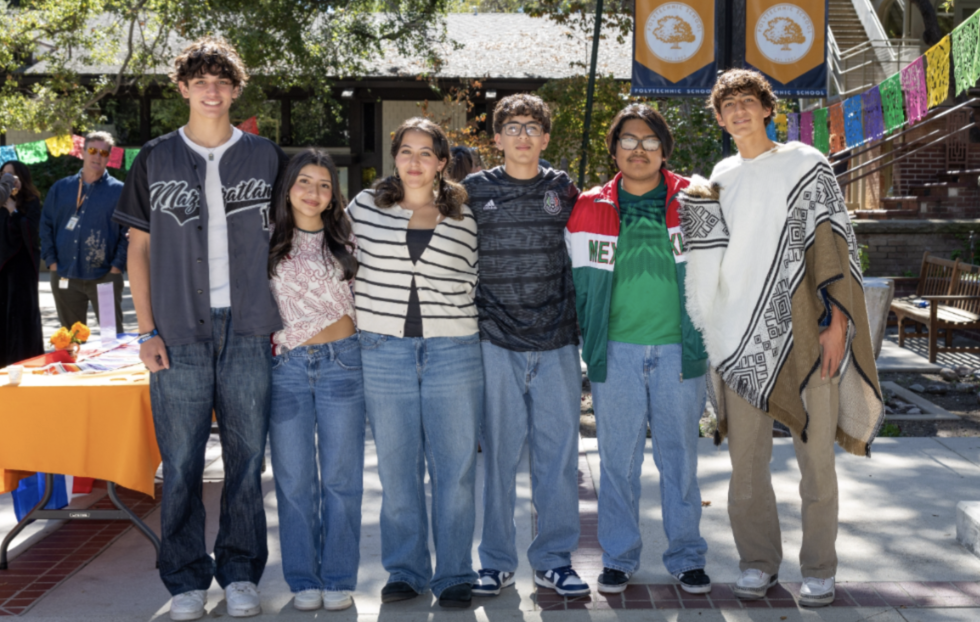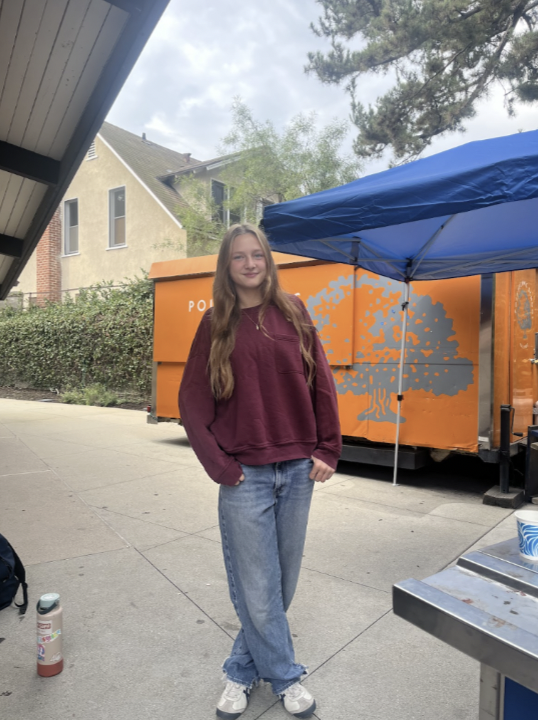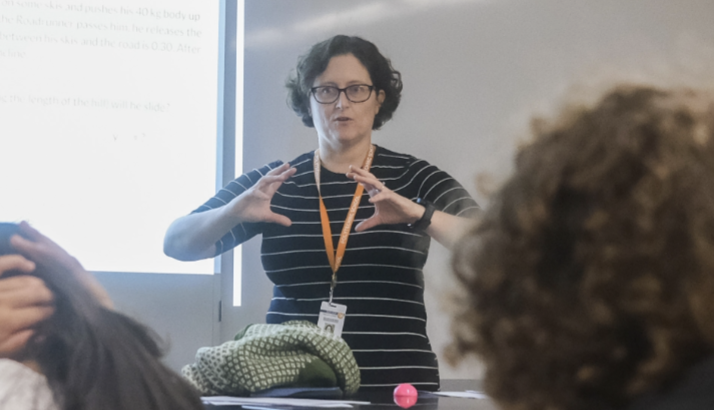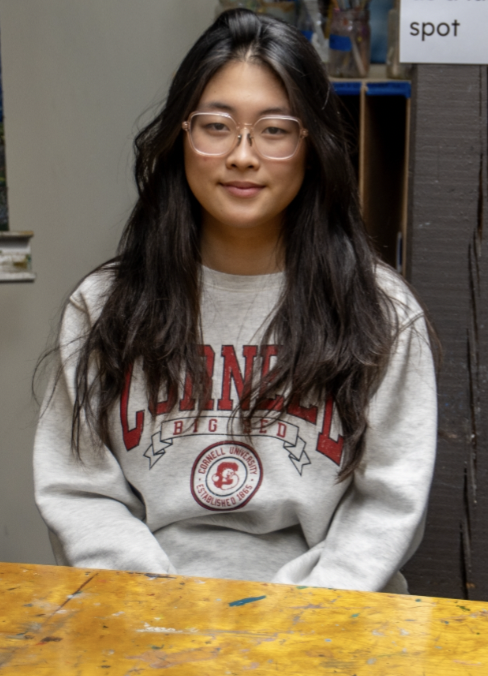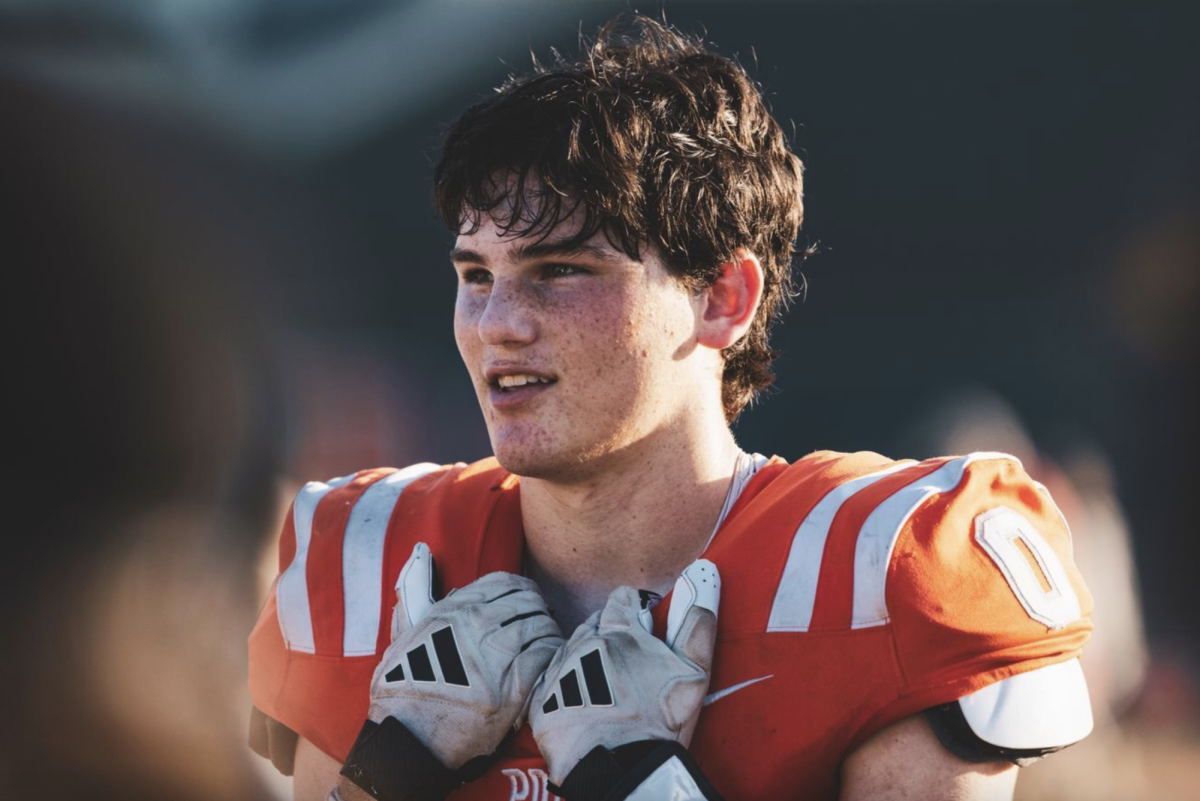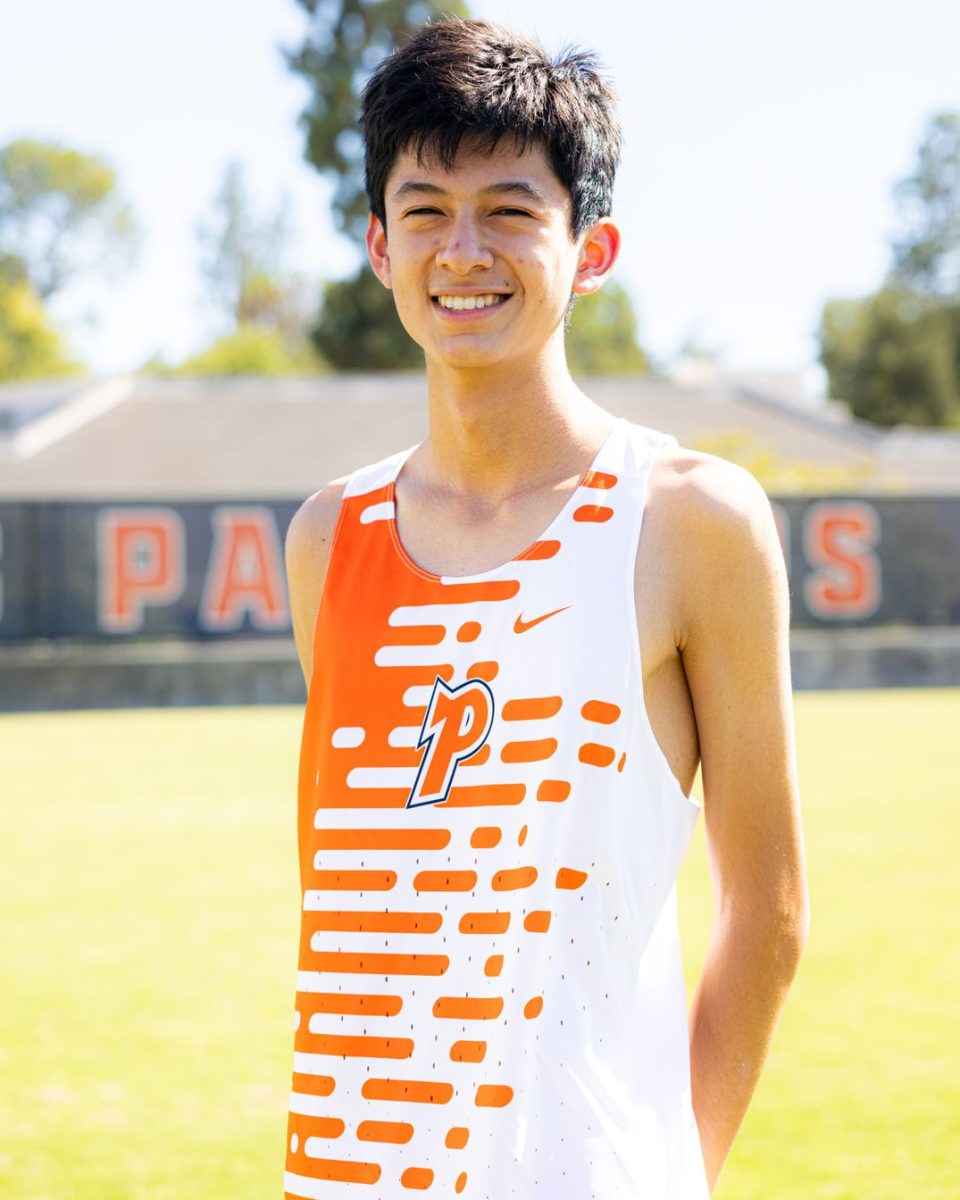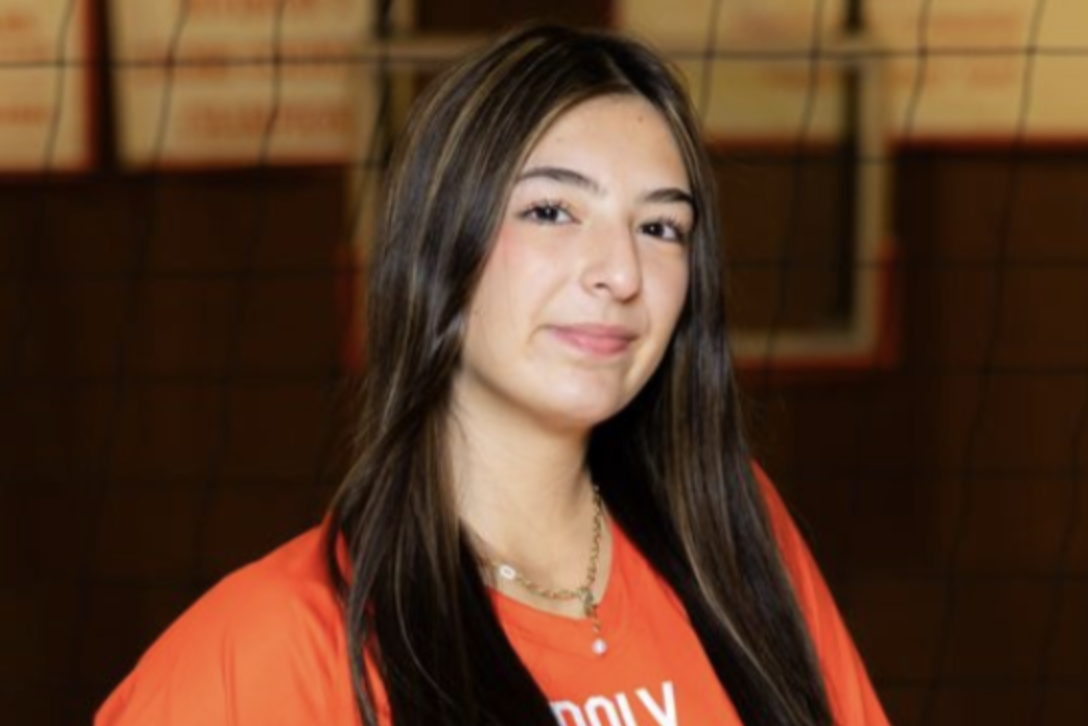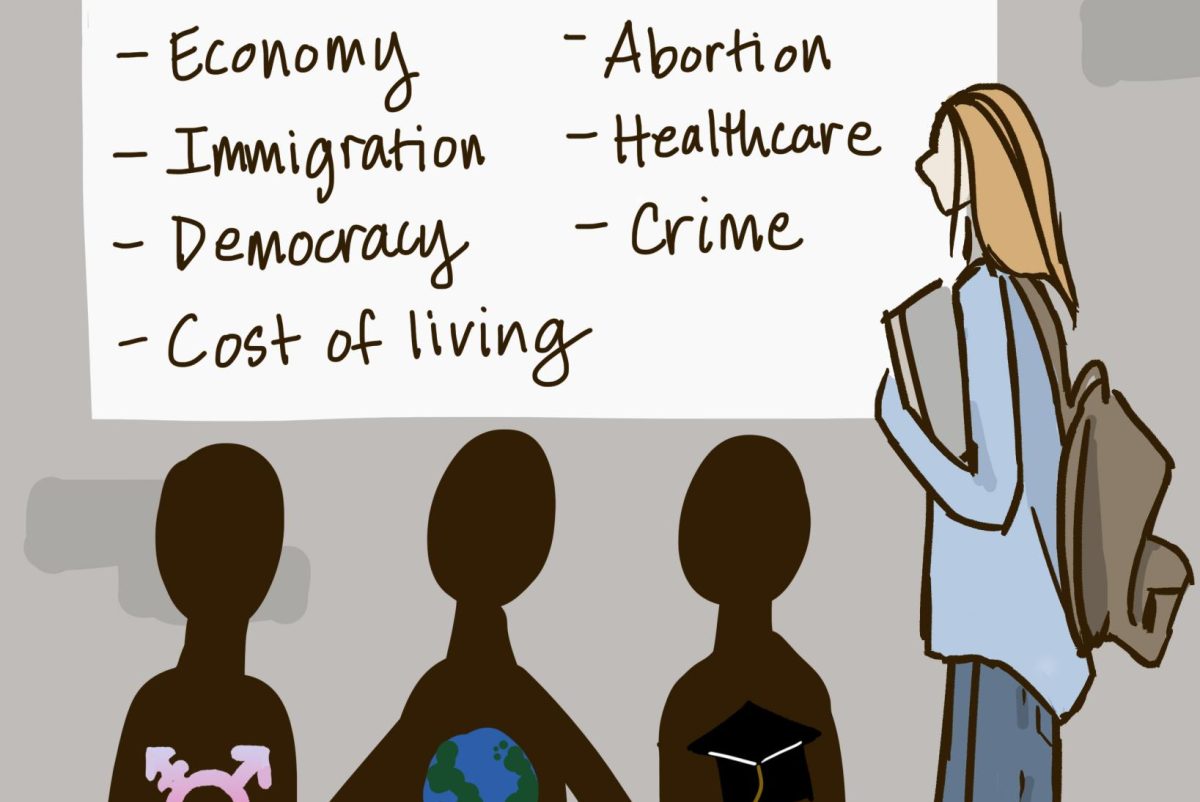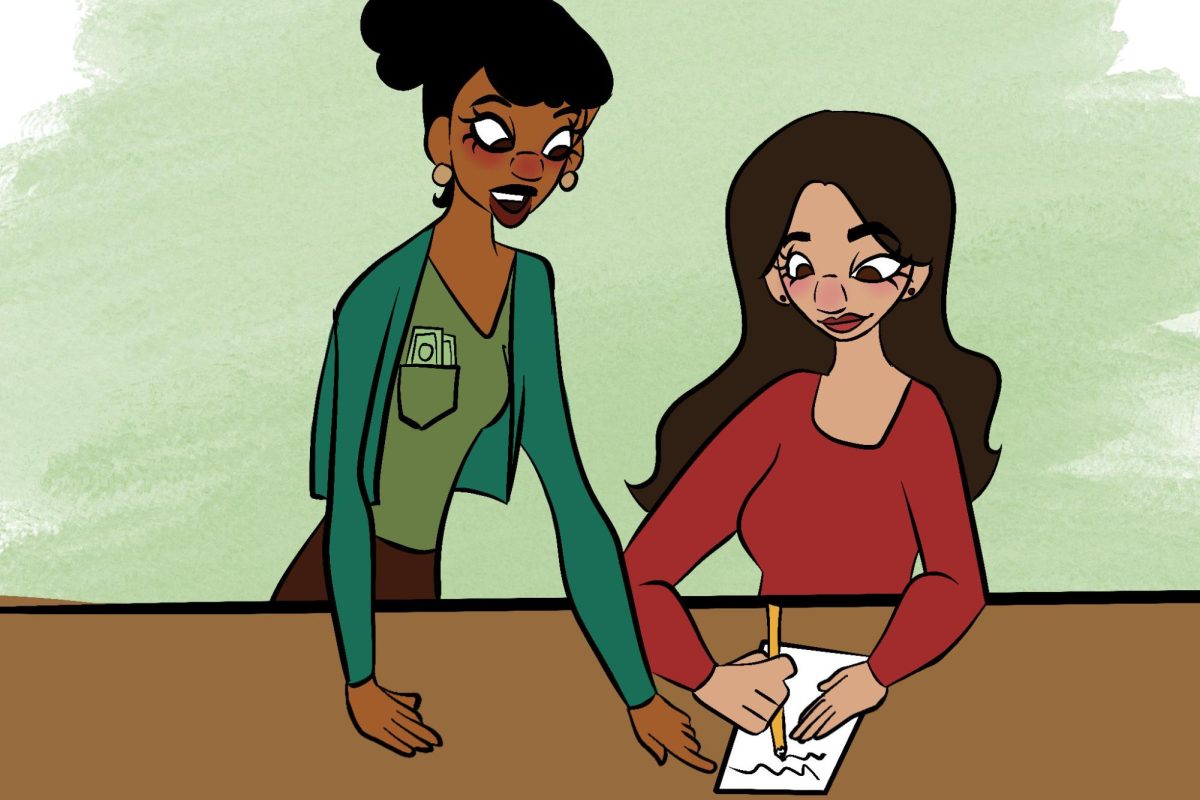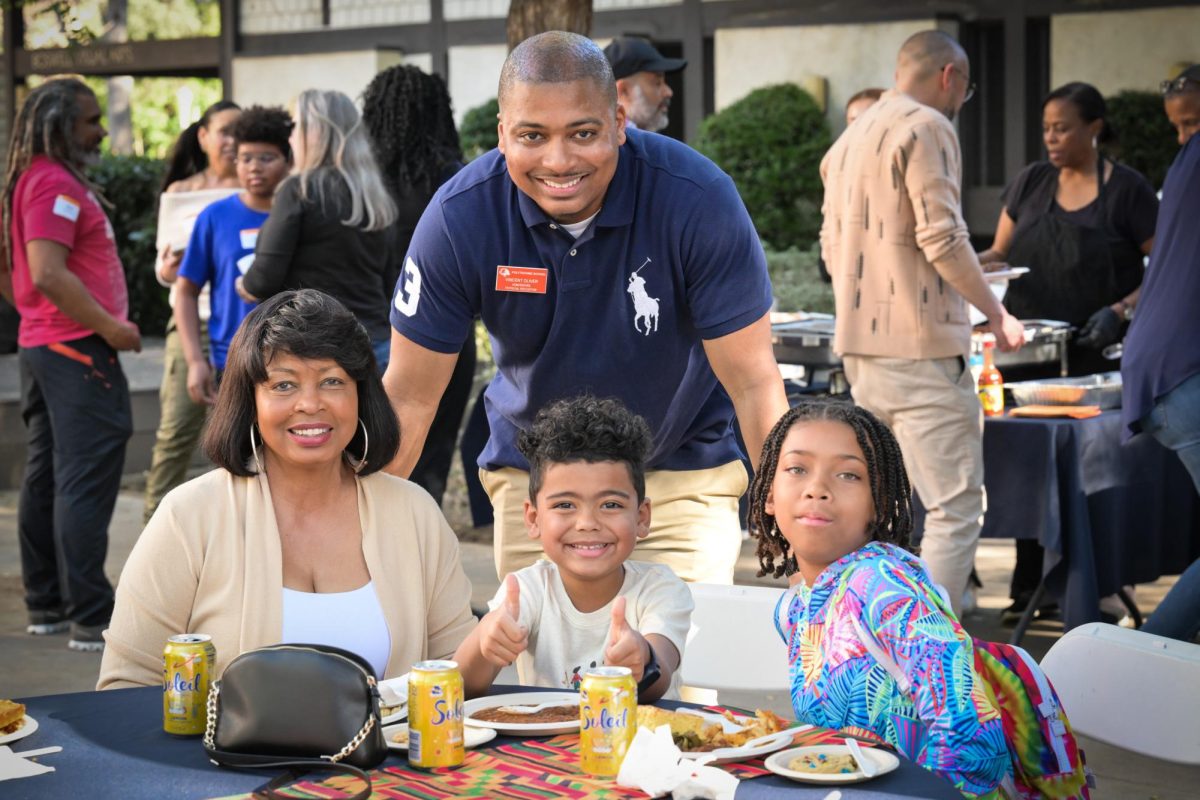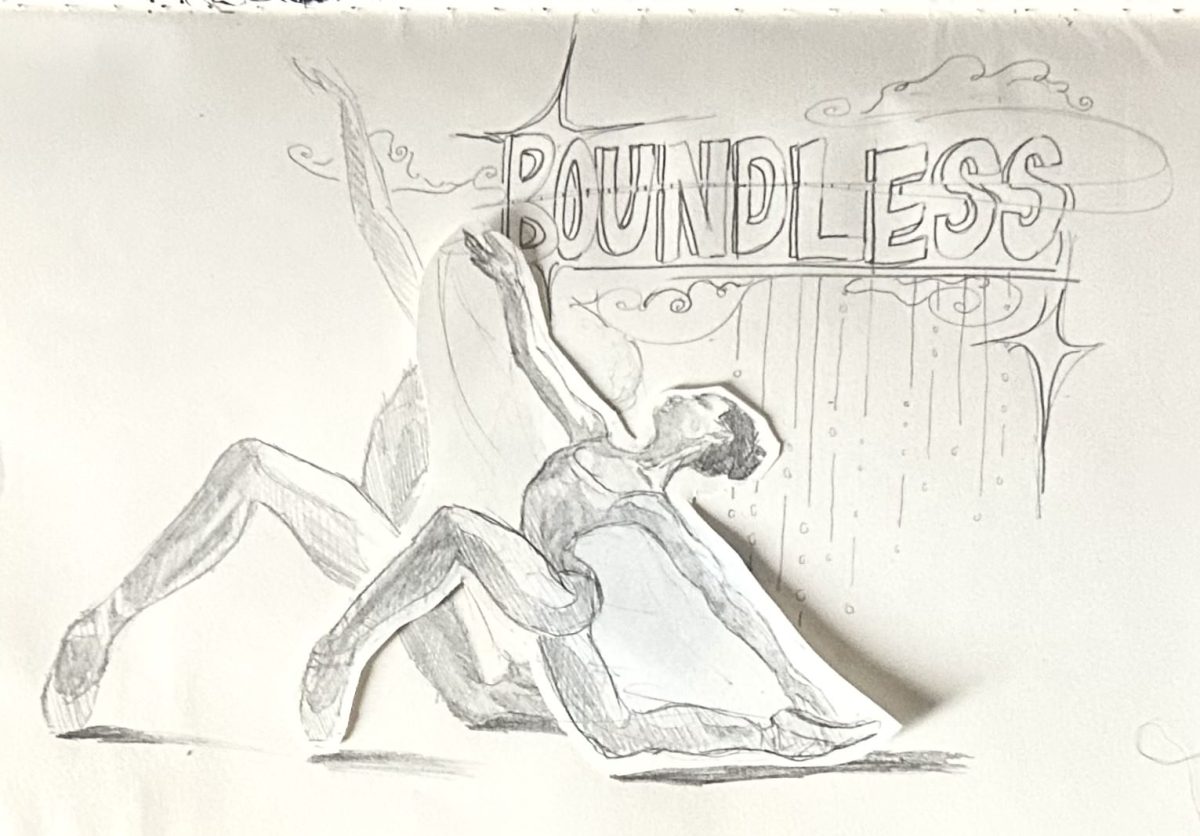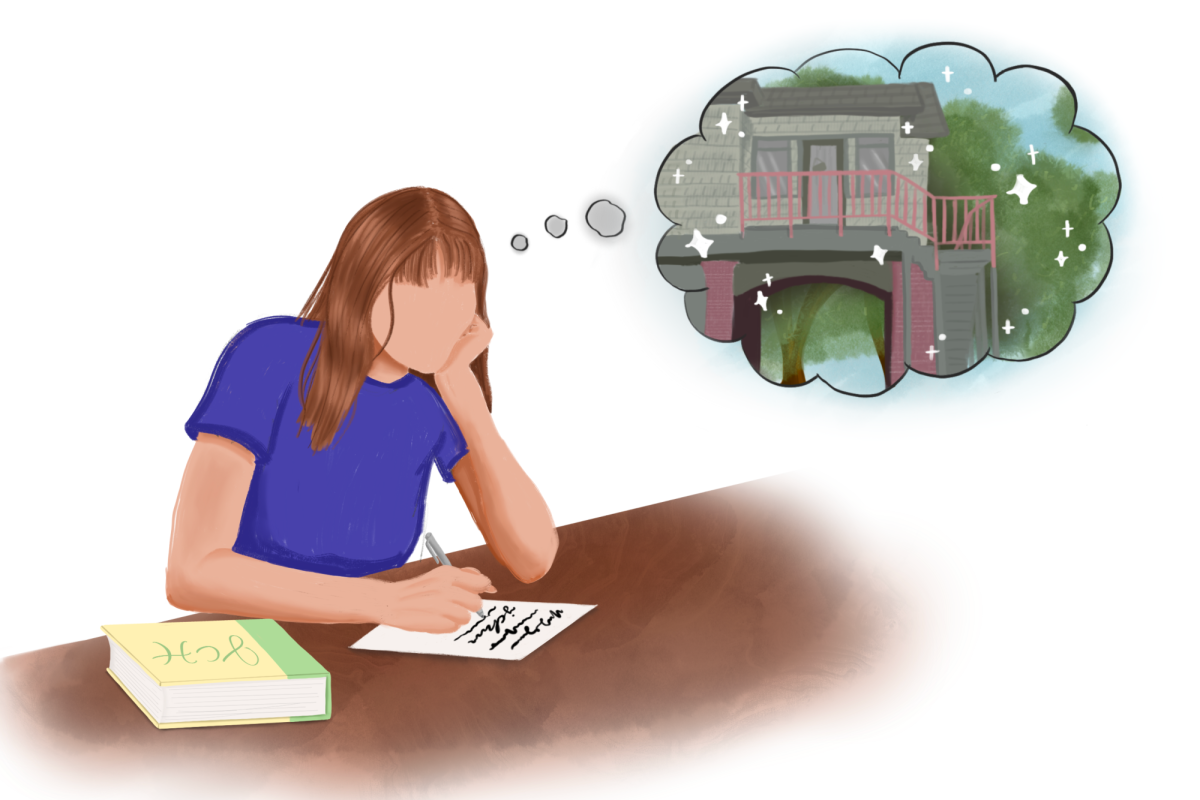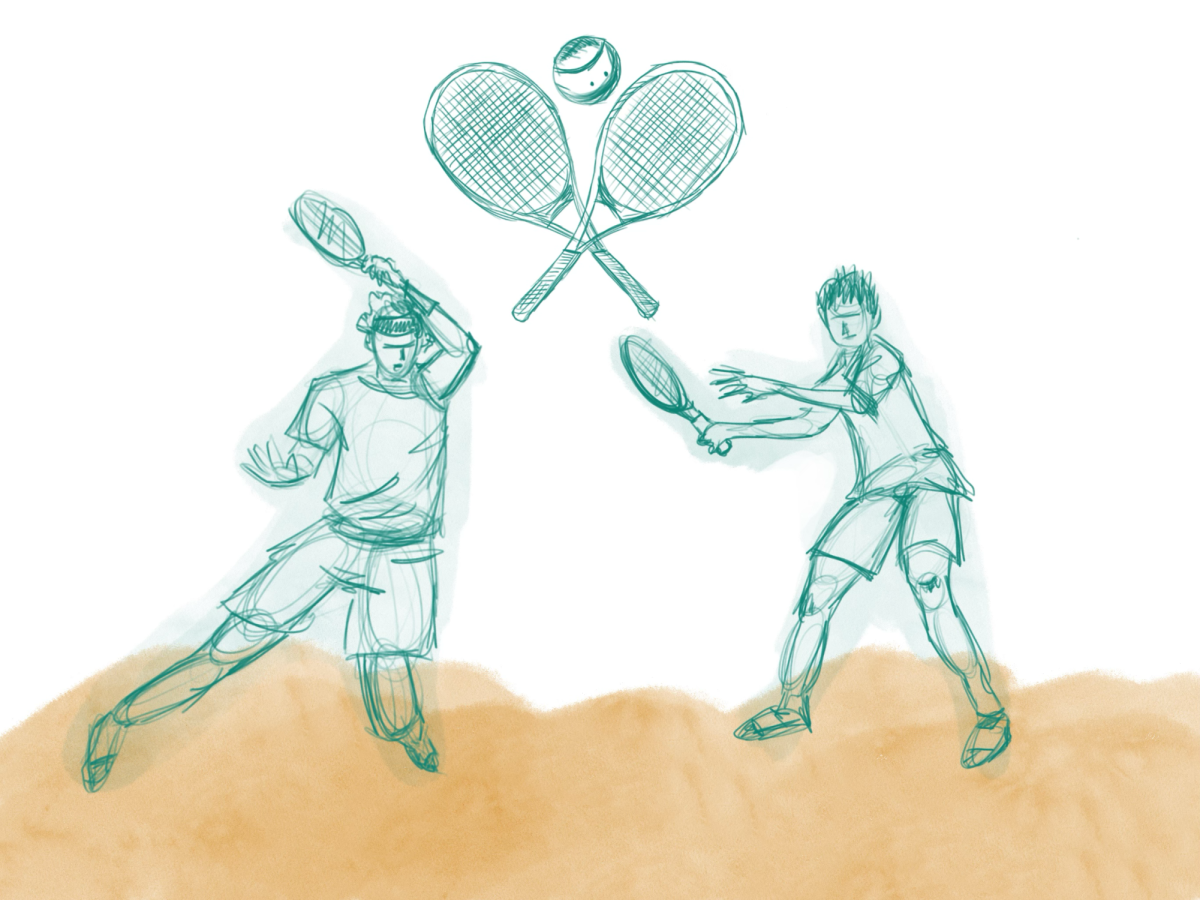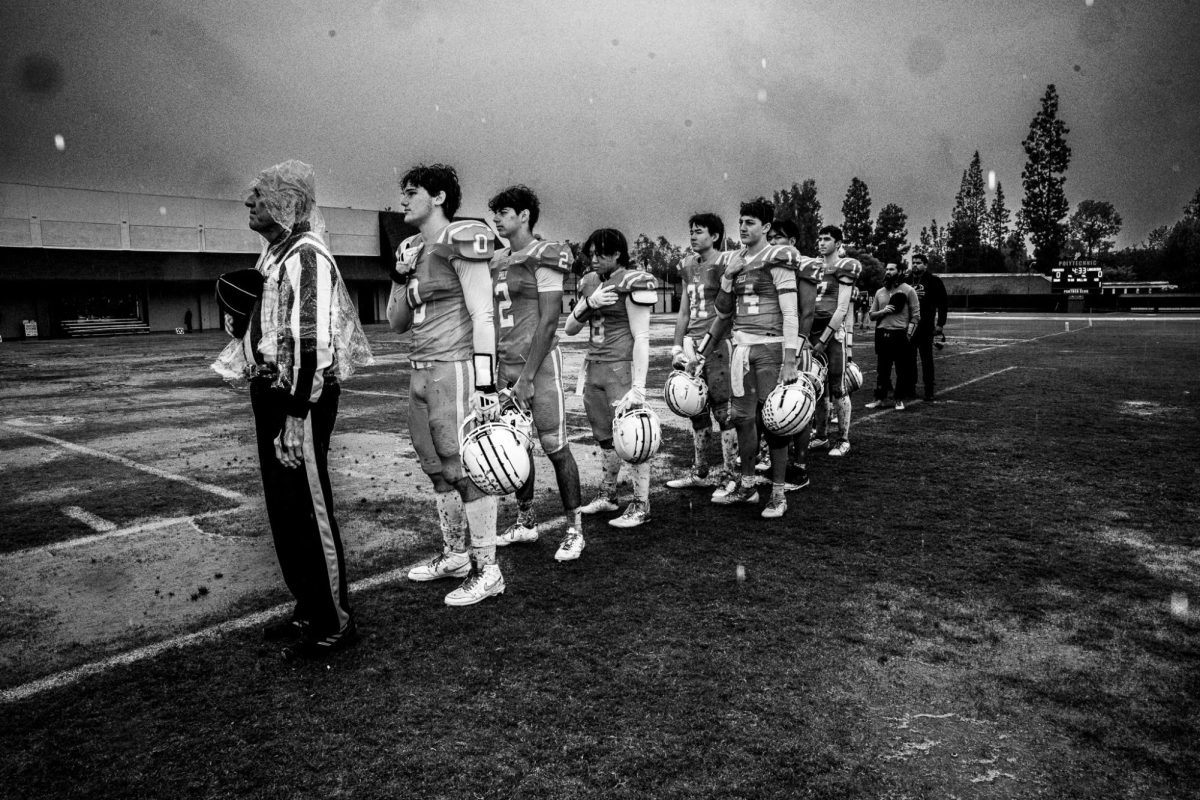It’s a fruit! It’s a sound! It’s a…sport? Senior Milo Friedman, junior Reza Mohammed and sophomore Matthew Tomlin are some of Poly’s accomplished athletes in a sport that many don’t know much about: squash.
For the uninitiated, squash looks a bit like a game of handball played with tennis rackets but using badminton scoring. Within a four-walled court, players direct a ball between the tin (the bottom boundary) and the out line (the top boundary). The ball can touch the other walls but can only hit the floor once per point as the competitors fight to reach 11 points in three out of five sets.
So how does one get into a sport like squash? Tomlin began young, taking his first lessons in second grade, for a total of eight years of practice, six times a week. His commitment paid off: he’s now played a total of 265 games, winning 148 of them. Nationally, he’s ranked 54th among boys under 17.
For Friedman, his journey started at the age of six, when he enrolled in a short-lived squash program with his sister. However, when the program rebooted, squash quickly eclipsed basketball, soccer, and baseball to become Friedman’s focus, fueled by the encouragement of his coach. Thirteen years later, Friedman is the highest ranked player of SoCal Boys U19 and the 23rd ranked junior squash player for boys under 19 nationally.
Meanwhile, Mohammed, who was formerly the highest ranked player in SoCal Boys U17, fell in love with the sport the moment he set foot on the courts.
“Being an East Coast country club sport, it’s not as popular here on the West Coast, but I think I was attracted to the uniqueness of it. I stuck with it because of just a love for the game, and a desire to become better and reach certain goals,” he explained.
The complexity and singularity of squash drew them in – but that certainly doesn’t make it any easier to play. In addition to the complications of a 360 degree field of play, requiring both high fitness and fast lunging and twisting motions, the game speed increases as friction heats up the ball. And that’s without even considering the strategic elements.
“What makes squash challenging is the fitness and endurance. The sport requires skill, to learn each shot and when to play them,” Tomlin commented. Mohammed agreed, noting that the combination of physical intensity and mental toughness made the sport incredibly challenging.
Friedman said, “There was an article in the LA Times decades ago that called squash ‘chess at 100 miles an hour,’ and I think that’s pretty apt — it’s so three-dimensional and strategic. You can play to or against your opponent’s style; you can play slow or fast or varied, you can play high, low, front court game or back court game.”
Intrigued? You might be surprised to learn that squash is rising faster than you think -– it was just accepted into the 2028 Los Angeles Olympics.
Tomlin, Mohammed, and Friedman are all proud to help bring squash into the light. Friedman, for example, works to bring squash to underserved communities and make the sport more accessible.
“I hope that in five years squash will be huge in SoCal, but in a different way than it has been traditionally on the East Coast. We want to get it out of the private clubs and colleges and into the public,” he said. Still, Friedman is looking forward to playing squash on the East Coast at Tufts University, where he has committed to play next year.
“I’m nothing short of super excited to be able to compete at a high collegiate level and strengthen my game,” he said.



